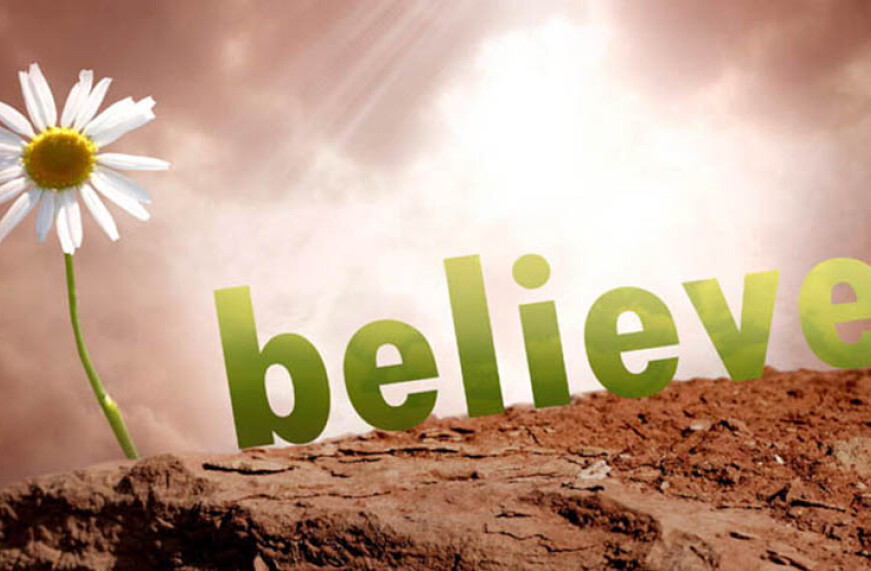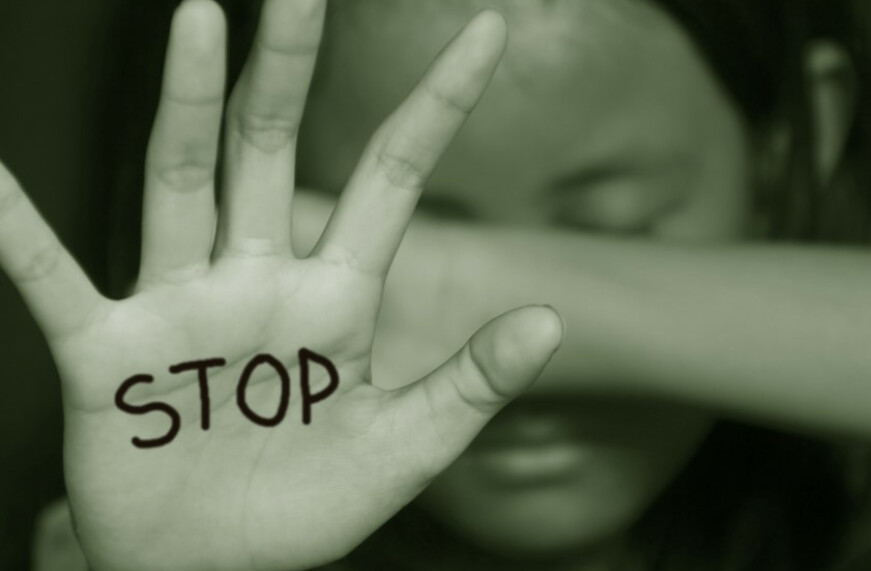Thanks to the media, this word has become an overused buzzword in many circles for what can be considered a natural component of child development as children learn to socialize and communicate. A large part of what happens in school is the socialization of children. School is a microcosm for the greater society. What is in the world, is in the school. When meanness and unkindness exists in the world, it also exists in the school. Children do what they see and experience. If the greater culture accepts mean behavior and makes it the norm, it will creep into the school unless parents are vigilant against it. The school cannot control what parents allow in their homes. When a family selects a Catholic school there is the hope that there will be the support of likeminded people in the raising of children. There is also the expectation that work will be done to tame the evils of the outside world. We try. Even a Catholic school does not exist in a bubble despite our best efforts. If it did, one may even question if that would be in the best interest of a child. Resilience and tolerance are virtues we teach along with love, patience, respect, compassion, empathy, and a whole host of other virtues as well. These virtues are the armor of God. We strive to have our children put on this armor of God to combat what is in the world, but virtues don't develop in a bubble.
"Bullying" is a learned behavior. For that reason, we need to be mindful of the models we provide for our children. We all need to look at how we interact with one another. Little ears and eyes are always on. What they hear and see is brought into the school. This is why the partnership between home and school is so important in the development of a child. Intentionally including God in the equation is even more important. When you have a gathering of over 400 children coming from over 200 family situations, this becomes a very complex endeavor. From media in its many forms, our children are learning that the way to solve misunderstandings is through violence - physical contact and harsh language. Carefully watch the shows your children consume with this lens. Listen to the news with the ears and eyes of a child. Children do act out these scenarios in their play. They do mimic it in their conversations. You'll see it if you pay attention. This has been true for all generations.
Is this bullying? As parents and educators, we need to be countercultural. The art of communication is being lost, as is civil discourse. Slowly and maybe unaware, we are creating a very angry environment. Yelling, belittling, sarcasm, taunting, jumping to conclusions without all the facts, and teasing are common modes of communication that our children see in the media, if not in our own homes/families, and sadly, classrooms. This is so opposite of what WE should be creating. At school, we tell children to use their words to solve problems, but tones, not even words, can be just as bad. Our words as educators sometimes don't help either. Love is to be the source of all. We all need to work at it.
Current research in the educational landscape has identified a "crisis in self-regulation" among this generation of children. They are the smartest of all previous generations but lack necessary skills in how to discipline themselves. Instant information and gratification has diminished if not extinguished these skills. This is why more children have difficulty resolving conflict, can't sit in their seats, as well as struggle with anxiety and perfectionism more than any other generation (Educational Leadership, September, 2018, p10). Research points to the disappearance of unstructured outdoor childhood play, the growth of media and technology, and the fact that kids are "unemployed", that is, they often don't have meaningful ways to contribute to the family or community, especially in ways that aren't achievement or competition oriented, as the cause for this crisis. How do we turn back the tide? Research suggests that adults stop taking misbehavior personally, and work to find a path to stopping it without rewards and punishments. This means to foster social-emotional skills. Children need to own behaviors and learn from them. They need patient adults to do this. This is what we try to do in school. We see our role as helping children progress in behavior, rather than expecting children to have everything be perfect. This work is messy. It is hard. It is a case by case basis. Students who misbehave are not bad kids, they are not necessarily bullies, they're children who need support in learning to manage their behaviors, emotions, and thoughts. (Educational Leadership, September 2018, p11)
As educators, we are trained to identify bullying. We are trained to identify aspects of child development that are "normal". We have all taken psychology and sociology classes around child development as part of our undergraduate training. We know children very well. The majority of children will respond to distress from an emotional place, which is why they hit and bite or kick and scream - they do not have the words to express what is happening inside. As they grow, and words are more available to articulate what they feel. We then need to work on appropriateness of word choice and timing. That being said, children develop differently, so a classroom can have kickers and screamers as well as eloquent orators. Oftentimes, an "I don't know" will come out when the words are not there. An "I don't know" requires your help in finding the words. An "I don't know" can also be just that - they don't know. This means that emotion was very much a part of what is going on – a reaction.
Here is a set of questions to pursue with children when they have made a poor choice in relationship with others:
- What did you do?
- What made you do that?
- What should you have done?
- What will you do next time?
"Why" is not a good question to ask. Use "what" instead as it gets to the cause differently - What caused you to do that? or What made you do that? The response will bring you to where you need to be to have a teachable moment with a child. The essential component is ownership. Children, and adults, like to bring others into the equation. When behaviors can be owned, correction can be made. It only takes once, usually. Most importantly, be calm and let the child think it through. Don't answer for them. Don't put words in their mouth. This line of questioning catches them off guard. Bullying is psychological. The bully is intentionally seeking out a power imbalance with those around them to gain control, usually because something in their life is out of control. The victim/target will lose confidence and self-esteem at the hands of the bully which is exactly what the bully strives for. Victims come to fear the bully. This is done over a period of time. It can be obvious or it can be subtle. Both the bully and the victim need help. Both the bully and the victim need love. If children are afraid of another child, this is something we pay very close attention in order to determine if bullying is or is not occurring. Where is the line between bullying and normal human development? When does behavior cross the line? Every human being has a level of tolerance. It is that level of tolerance that draws the line.
Every school has children learning how to be civilized human beings and that isn't a problem, that is what we do in school. Bullying should not be tolerated. Bullying requires help. We are here to help people be the best versions of themselves. If you feel your child is being bullied or your child is the bully, we can help. If your child is struggling socially, which isn't bullying, we can try to help. We are in this together.


